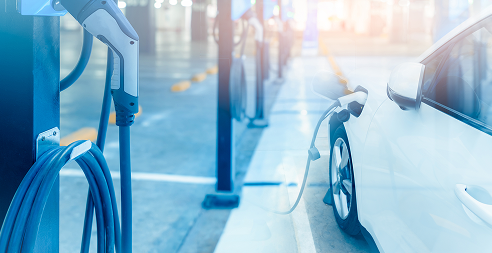Fleet Electrification Strategy
Fleet electrification is often framed as an expense: new vehicles, new charging stations and big upfront capital requirements.
But that narrow view misses the bigger opportunity.
A well-designed fleet electrification strategy isn’t about overhead, it’s one of the fastest ways to reduce operating costs, open new revenue streams and build long-term resilience.
At Castellare, we see fleet electrification as a growth lever. And the companies that understand the opportunity are the ones already securing a competitive advantage.
Electrification: Uncovering Value
When most business leaders think about electrification, they picture EVs and charging stations. But the real value lies in electrifying across the value chain:
- Last mile logistics: Urban delivery is the sweet spot today. Predictable routes, smaller ranges and city-center hubs make EV deployment efficient and profitable.
- Mid-mile transport: Opportunities exist where routes are stable and charging can be centralized, think metro buses. But payload and downtime for charging remain constraints that require a well thought out strategy.
- Energy sourcing: Beyond vehicles, companies are changing how they purchase and generate power through PPAs, VPPAs, and on-site renewables. These decisions cut costs and hedge against grid volatility.
Electrification Infrastructure as a Profit Center
From my experience building one of North America’s largest charging networks, one thing is clear: if it were easy everyone would do it.
We have witnessed early players like Tesla built networks as a loss leader to sell cars. Others like Electrify America or EVgo built quickly to meet regulatory penalties. Today, operators that own and operate networks end-to-end are best positioned to capture value by controlling location, uptime, customer experience and margins. These aren’t cost centres, these are value drivers.
Whether you’re a utility, logistics company or retailer, charging infrastructure can evolve from cost to profit by:
- Capturing revenue from customers and fleets
- Strengthening brand equity through visible sustainability leadership
- Owning more of the value chain instead of outsourcing
Owning EV charging infrastructure creates the foundation for operators to capture more of the value chain, which in turn allows them to control network growth, brand and profitability. Unlike a sales model where chargers are individually owned, we tend to support the ownership approach because it creates recurring revenue and higher margins.
Suggested read: The Risk of Futurewashing: Why Net Zero Needs Real Action




